Flatness is a long-running ‘site of resistance’ (Dr Sylvia Theuri) inspired by the expanses of the screen, the outdoors and community networks. Read more about us.
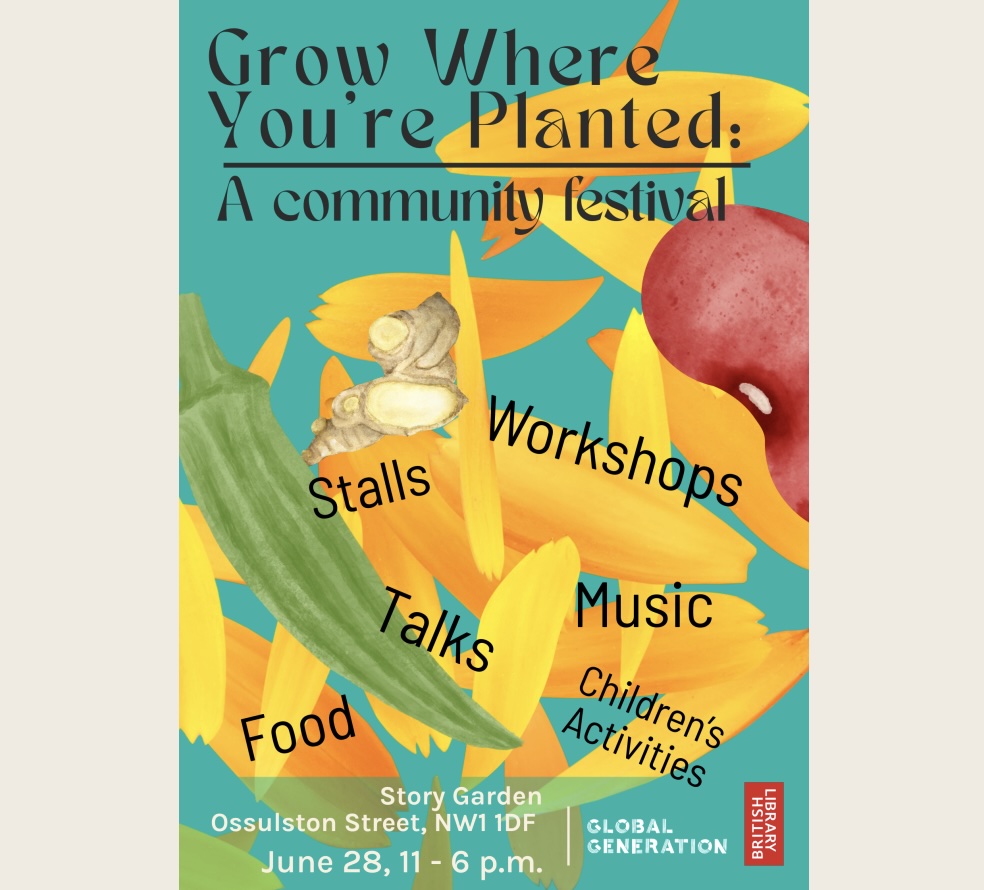
Coming up! ‘Grow Where You’re Planted’, a social and environmental justice gardening festival on 28 June organised by Fran at Global Generation and The British Library.
At 11.30am Artist gem Joseph Walsh will be interviewing me about my practice and PhD research into liberatory gardening (queer, anti-colonial, slow…), and we will be sharing stories of our journeys into growing.
It looks set to be a full and rich event at the Story Garden, with food and family friendly programming. Reserve free tickets here 🌿🐜🫛
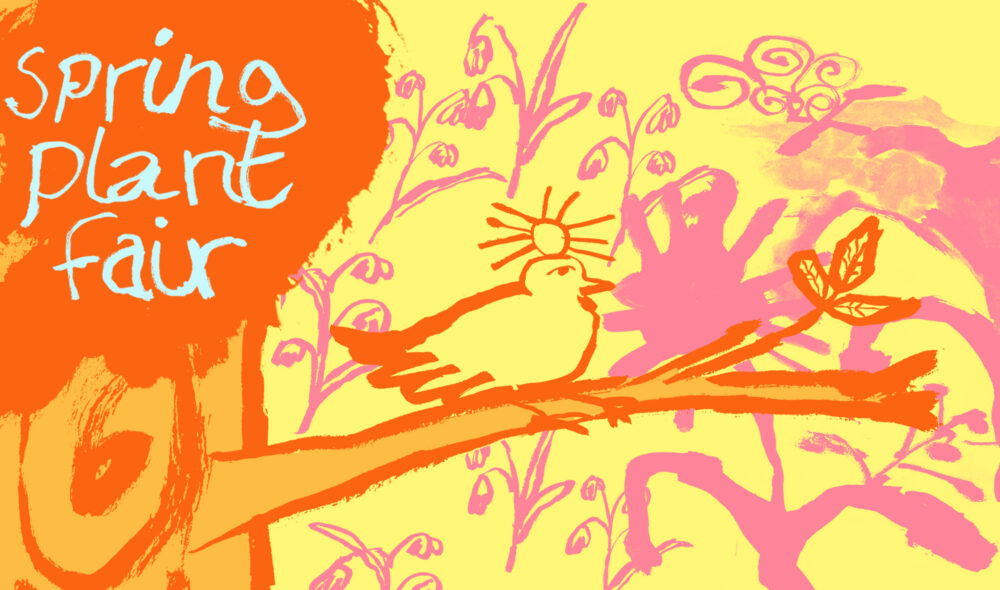
Sunday 13 April, 11.45-12.30pm. Garden Museum, Spring Plant Fair tickets.
Becoming Kin
A fundamental story we tell ourselves is one of separation and division. The idea that there is this thing called “nature”, that we are separate from and superior to, is our dominant way of seeing the world. We have tended to view nature as something there for us to control, dominate and use for our own ends.
If our existing way of seeing the world is one that seeks to divide and separate, could gardening help to reconnect us?
How, with greater awareness, might gardening help to heal some of our wounds, narratives and disconnection. And perhaps point us towards different ways of seeing and being in this world.
Can our gardens be a site in which we become kin with the world around us and where we might practice a liberatory way of being?
Join Sui Searle and Shama Khanna to discuss how gardening might help to connect us to a sense of place, to ourselves, to each other and to our more-than-human kin.

Where Liberatory Gardens & Farming Meet
A soft space for dreaming at Oxford Real Farming Conference, to explore what it means to work towards liberation through tending the land.
Recovering a more reciprocal relationship to the land through farming and gardening can be nourishing on many levels. But what is needed to make all experiences working the land a liberatory act? Can flowers liberate as much as food?
This session was inspired by new farms and growing projects emerging from urban centres, which take an inclusive, intersectional approach, prioritising meeting each other’s needs, alongside the needs of plants and the land. This session offers a dreaming space for what liberation on the land looks like and how we can get there.
Co-facilitated by Rae Hippolyte, Earthtenders and Shama Khanna.
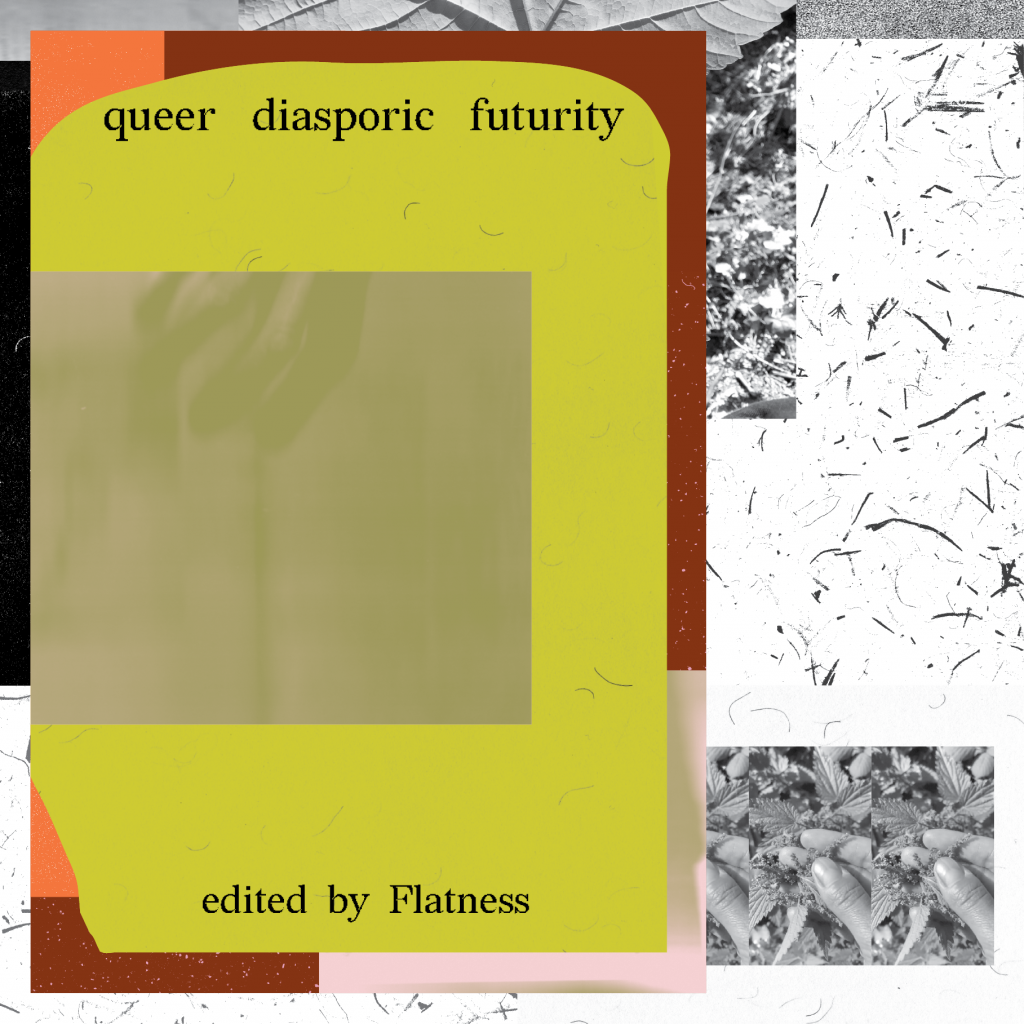
Our new book Queer Diasporic Futurity contains a collective call to restore loving connections to the body and to nature. The collection makes visible a vital network of practices embodying an ethics of sustainability, accessibility and futurity.
This limited edition publication and special launch poster is available to buy for £15 + p&p. Proceeds from the sale of QDF go towards relief efforts in Palestine and Lebanon.
Contributions to QDF include:
• A foreword by Evan Ifekoya;
• Introductions by Flatness founder, Shama Khanna;
• Reflections on Earthlove within urban settings and facilitating the Community Apothecary by Rasheeqa Ahmad;
• An in-depth discussion on ‘Queering Economics’ organised by Decolonising Economics with guests Evan Ifekoya, Amardeep Singh Dhillon and June Bellebono addressing queer infrastructures of care, redistribution of power and spiritual relationships to money;
• A divination essay by Daniella Valz Gen probing questions of sustainability and growth within practice;
• A response to the entangled temporality of diasporic life by Aditi Jaganathan;
• A wellbeing spell by Adam Farah;
• And a scorebook tenderly exploring introverted tomboy and transmasc sounds by Nat Lall.
QDF is published in partnership with not/nowhere artist workers’ co-operative and has been beautifully designed by Design Print Bind.
Place your order via Monzo to receive a copy of our book for £17.70 (£15 + £2.70 UK p&p/ £22 including International p&p) along with any donations you’re able to make. Please email or DM me on IG with your address and I will be in touch shortly to confirm your details for delivery.
Much gratitude for your support.
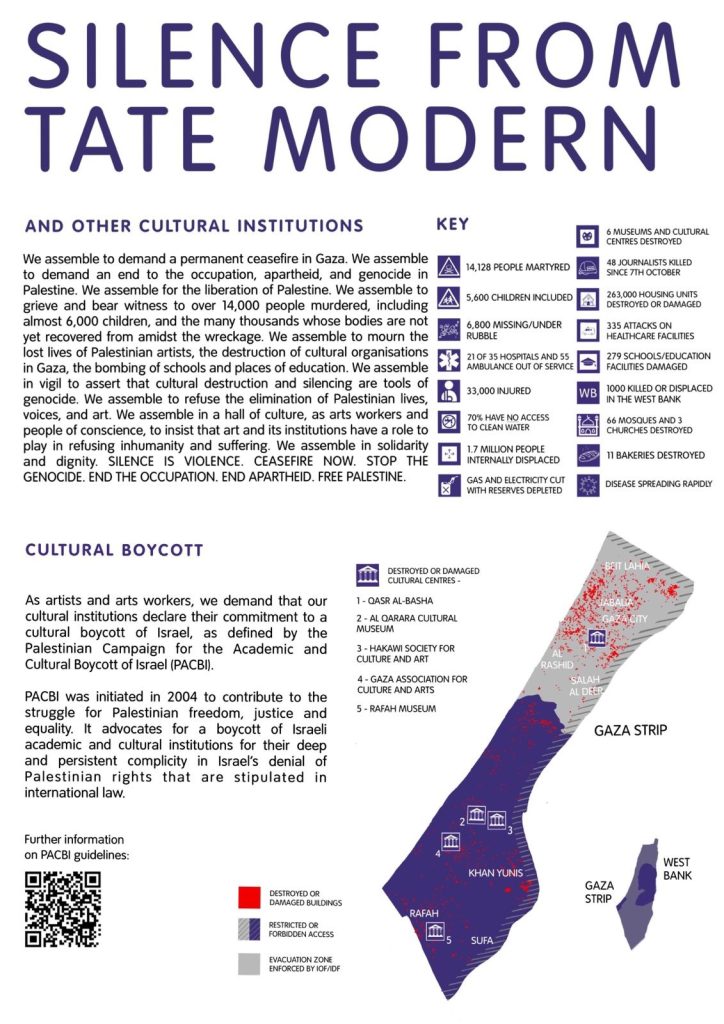
Thanks to Art Workers For Palestine for sharing this documentation from the vigil for Palestinian artists held at Tate Modern on 26 November 2023. The Tate have made a statement in solidarity with Ukraine but are keeping silent about Gaza. Why?
Silence is violence. Denounce the ongoing violence of occupation. Cultural boycott of Israel and permanent ceasefire now.

Flatness is in grief and rage at the ongoing genocide in Palestine as well as the apartheid which evidently exists beyond national borders but in people’s minds too. See you on the streets each week in our thousands and in our millions until there is justice for Palestinians and all colonised peoples. We Are Many. Read the latest Radicle newsletter to find an accessible list of resources and reporters to follow.
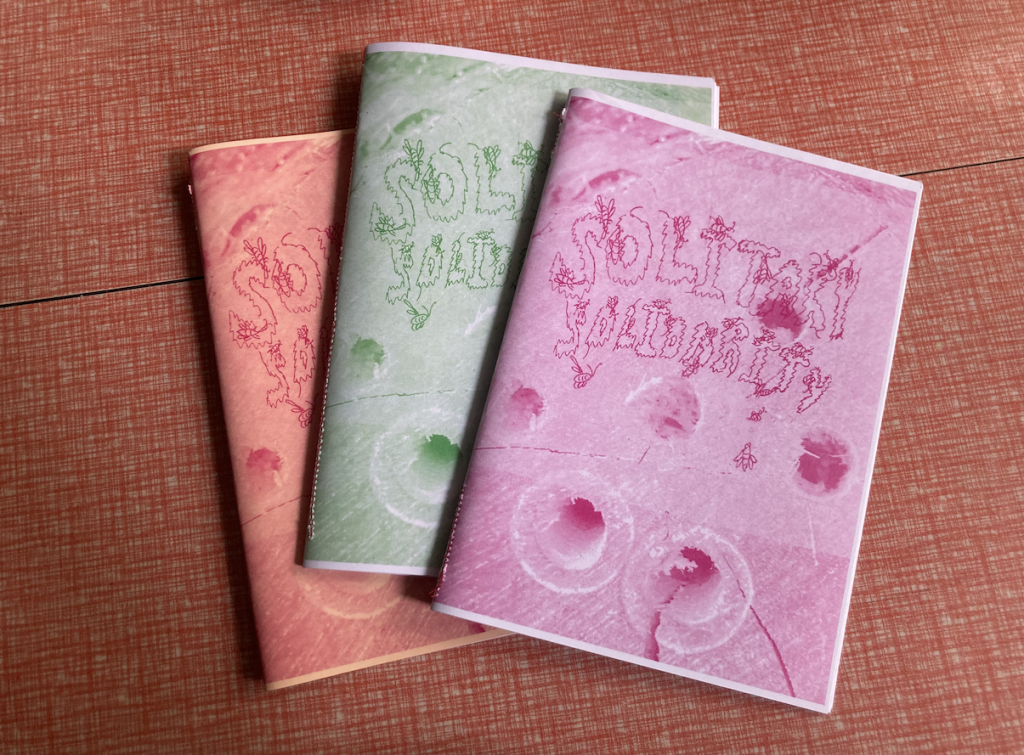
Jack Jeans’s new ‘Bee Zine: Solitary:Solidarity’ with paintings by Ruzha Kazandjieva is now available as a free download and as a hand-bound, risoprinted zine. Follow the link to buy and we can send you a copy or head to Peckham Books while stocks last!
Bee zine: Solitary:Solidarity
Compiled by Jack Jeans with artwork by Ruzha Kazandjieva
Bee Zine: Solitary:Solidarity by Jack Jeans builds solidarity with solitary bees and private renters to protect biodiversity and improve living conditions. Where homeowners and honey bees are the only one prioritised, we all lose out.
The zine accompanies the bee homes Jack made and installed in Peveril Gardens after our Swap Shop in January. In the spirit of the zine, the ink and materials used mean the publication is fully compostable! Read more.
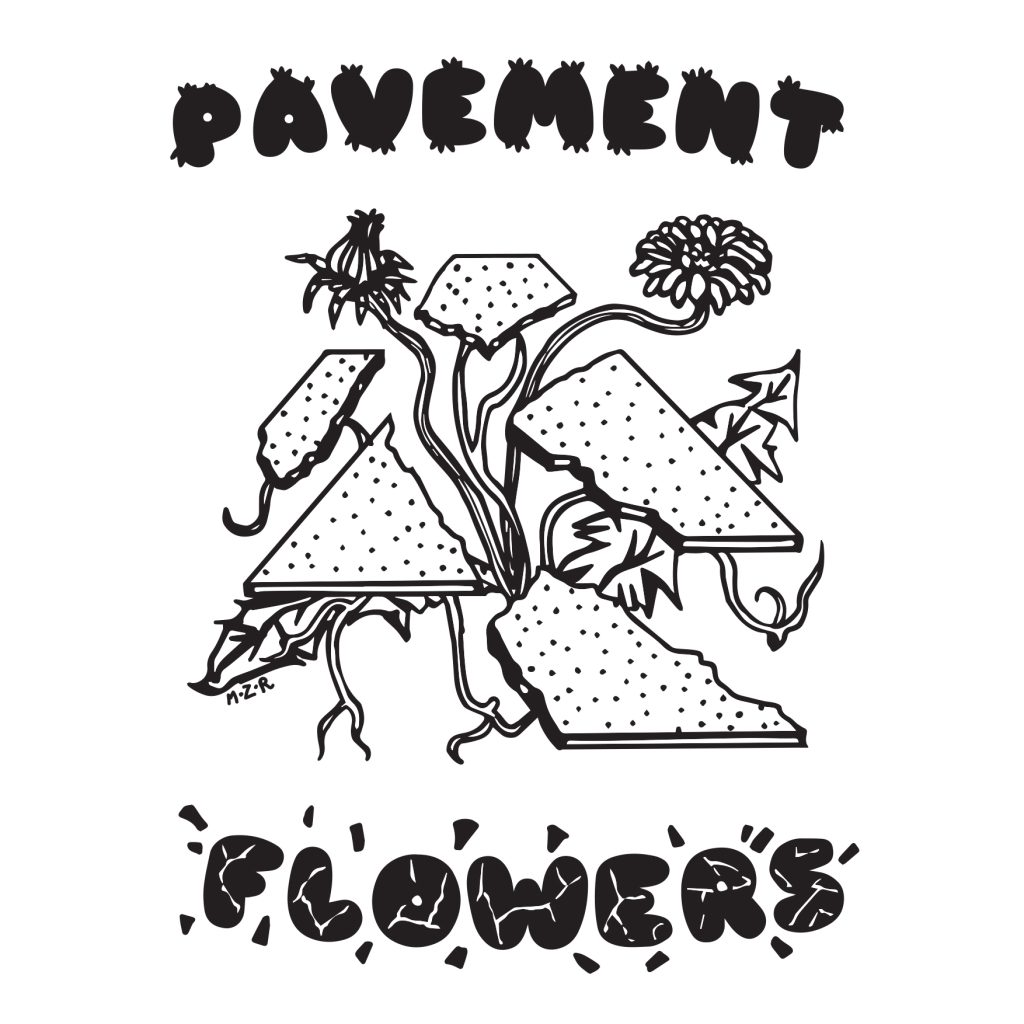
In June Flatness took part in the first Presse Books Fair, selling publications by contributors including Texta Queen, Mohammed Z. Rahman, Nat Lall, Steve & Samantha, 56a Infoshop, Beth Bramich and, alongside our book Queer Diasporic Futurity (QDF), two brand new zines by Jack Jeans and Hannah le Feuvre and Ulijona Odišarija. Pavement Flowers by Mohammed Z. Rahman, QDF by Flatness and Bee Zine: Solitary:Solidarity compiled by Jack Jeans are available to buy or download from the site.
Plant Medicine of the City: A seasonal diary by Rasheeqa Ahmad. What new tastes and experiences beyond our comfort zone can transform our sense of what’s possible?
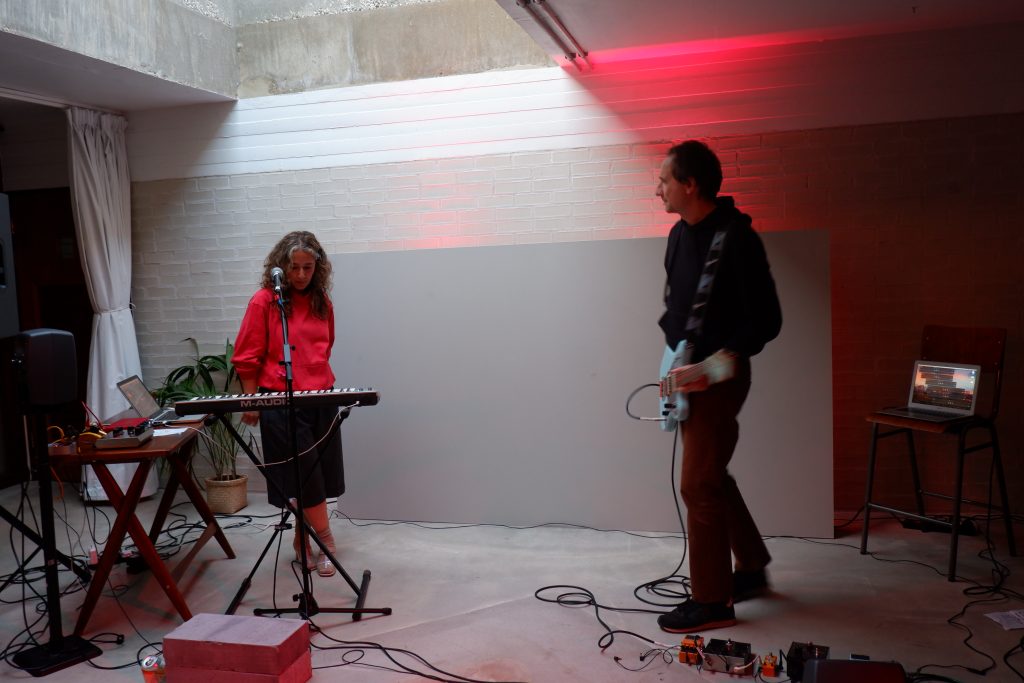
So pleased to host Ulijona Odišarija and James Lownes’ band Steve & Samantha at Presse Books to launch their new EP ‘Better is Better’ and celebrate the culmination of our residency at Forma and Peveril Gardens. Listen to their full EP on all streaming platforms including Bandcamp.
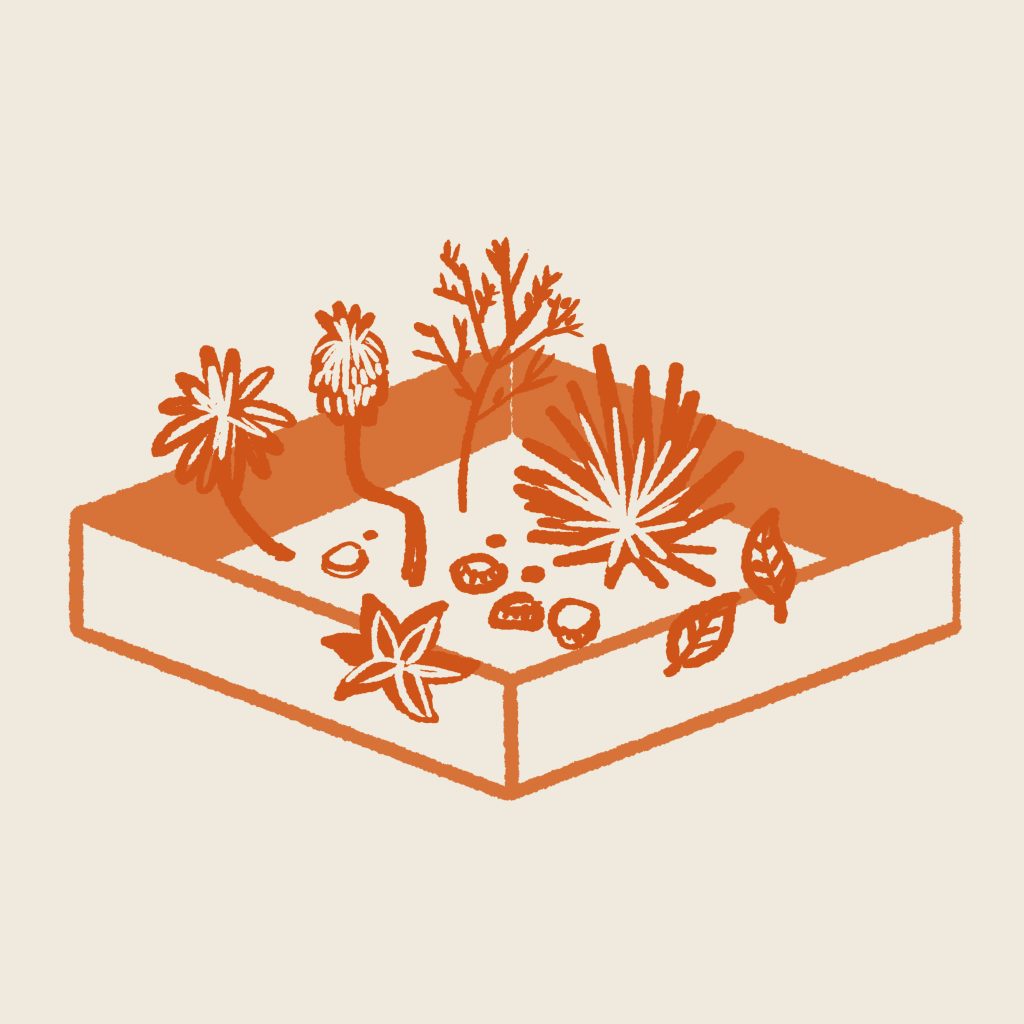
Thanks to everyone who made it to the programme we put together at FormaHQ and Peveril Gardens over the February half term. We appreciated your company defeating the Winter dank. Special thanks to contributors Ali Yellop, Design Print Bind, Ulijona Odišarija & Hannah Lefeuvre and Richard Court for being so generous with your time and sharing so much knowledge and inspiration.
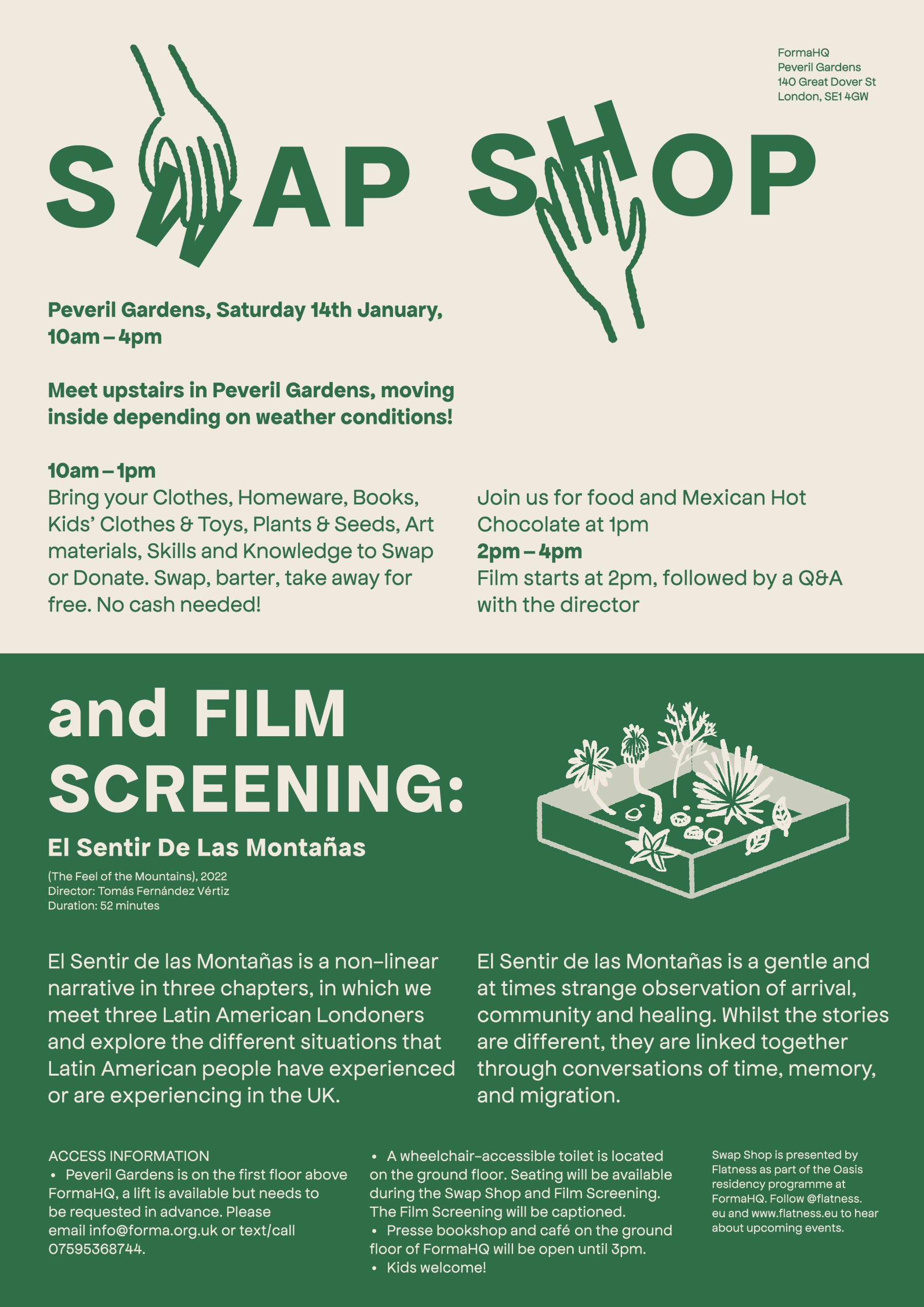
Thanks to everyone who came to the swap shop and screening event at FormaHQ (documentation is up here). It was great to meet everyone and reflect on notions of value, redistribution and mutual care with you. There was a surplus of donations (thank you) but it was perhaps the smaller swaps of things that still had value for both swappers that were most 💫 in defeating capitalism ; )
Big thanks to filmmaker Tomás Fernandez Vértiz for your beautiful film and conversation (not to mention the warming drink of Mexican hot chocolate and Colombian sweets you brought for everyone), Southwark Notes for chatting about community activism around Elephant, and Jack Jeans for making the insect homes for Peveril Gardens and seed bombs for the swap.
We were overwhelmed by the response and look forward to seeing you again for events we’re planning during the half term break 14-18 February.
The Chiron Choir was formed on occasion of Dr. Hannah Catherine Jones’s exhibition ‘OWED TO CHIRON (The Wounded Healer) at Mimosa House in London at the end of last year. I was honoured to be invited to write about HCJ’s work in a text entitled ‘Vulnerability with Attitude (Overdue Dues)‘.
Thanks to Flatness contributor Joseph Walsh for this welcome throwback to the Summer and AssemblePlay’s Mini Festival of Play that we curated as part of the public programme for Brent Biennial 2022, ‘In the House of my Love’.
Thanks too to the playworkers and their loose parts, all the children and everyone who came along to Kilburn Grange Park to join us. Scroll down for ‘In the Curve’, another contribution by Joseph recorded during lockdown.
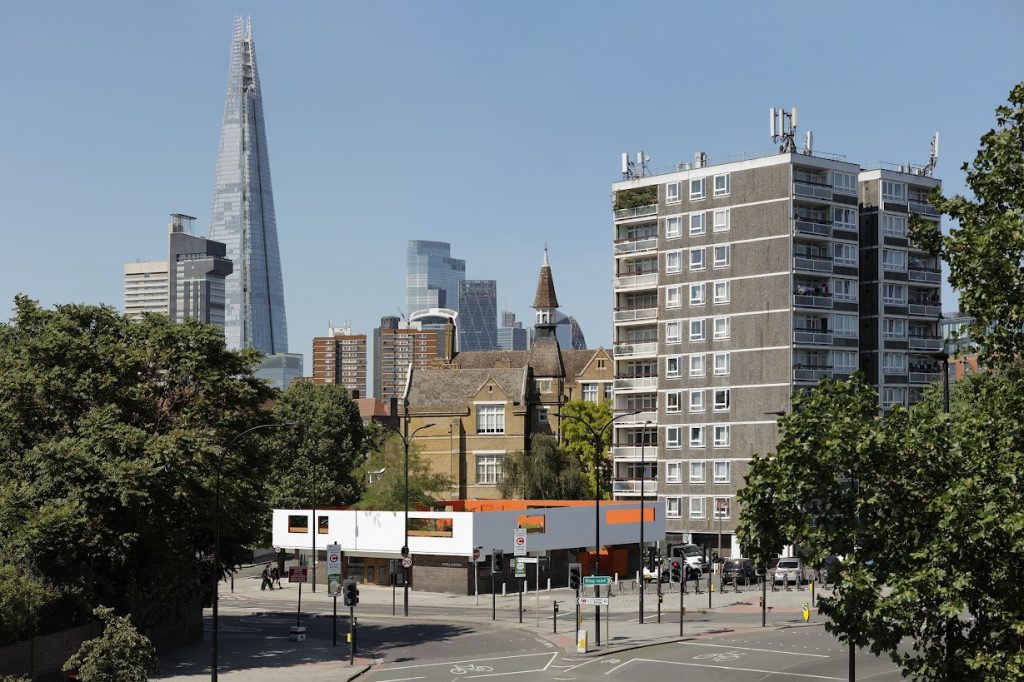
Flatness have just moved to Elephant and Castle to begin our Oasis residency at FormaHQ. Lasting until Spring 2023, the residency invites socially engaged practitioners to develop and deliver a cultural programme that strengthens the bridge between the newly developed FormaHQ (retrofitted into a studio building, cafe, events space and public garden from 1960s garage block and podium on top) and its local communities, creating meaningful connections that have social impact and harmonise with the organisation’s activities.
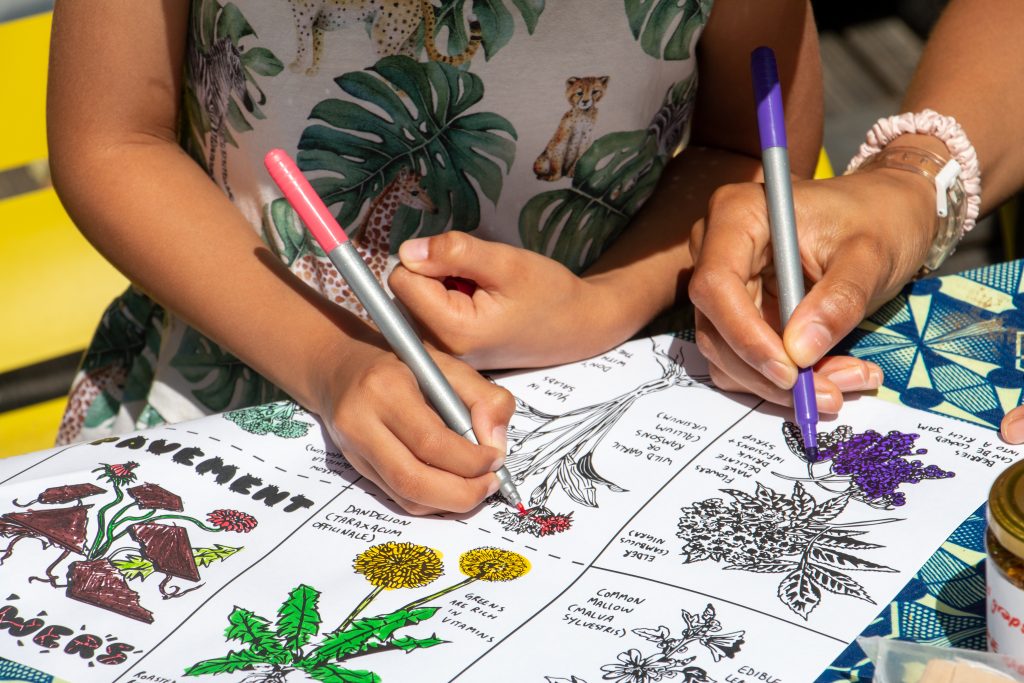
Brent Biennial 2022 Public Programme by Flatness
Flatness curated a public programme of talks, workshops, activities for kids, screenings and a conference for Brent Biennial ‘In the House of my Love’. Lifting the conversations from QUEER DIASPORIC FUTURITY off the page, the programme gathered together community-building practices that centre on creativity, healing, listening, showing up for others and asking bold questions, in what can otherwise be a dizzying political environment. Events included a misery medicine walk, a day of action Against the Hostile Environment (with QDF contributors Amardeep Singh Dhillon, Beth Saha and Daniella Valz Gen), a series of community listening events, an event on housing called Homes for Queers (with Adam Farah), and kids’ events with misery and AssemblePlay. The intention was to nurture connections that can help to find one’s voice and feel supported in taking a stand against hostility.
Thanks to all who joined us!
The documentation above is of a misery medicine workshop held in July showing the Pavement Flowers zine made for the event by Mohammed Zaahidur Rahman. Photography by Kes-Tchaas Eccleston.
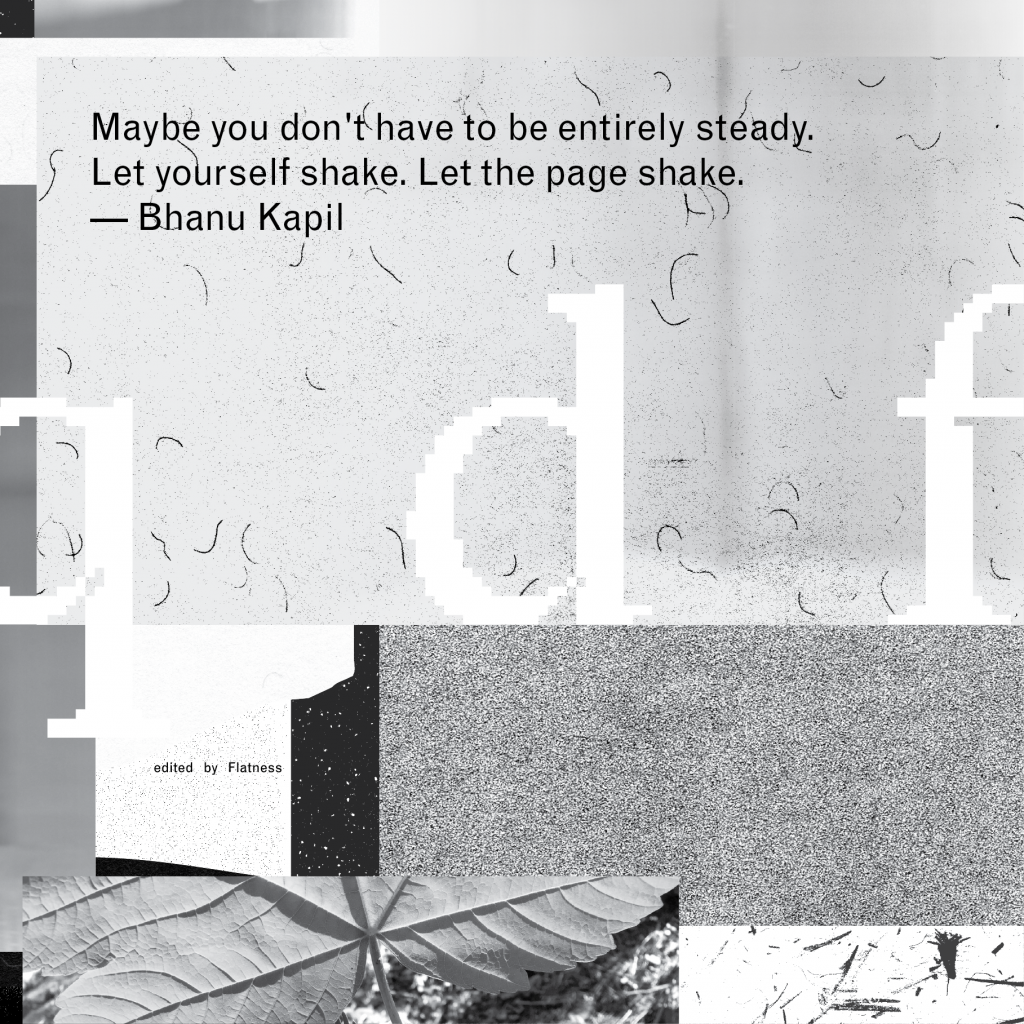

‘Queer Diasporic Futurity’ edited by Flatness
The book launch at Studio Voltaire at the start of July was a shy success and we’re happy that copies of Queer Diasporic Futurity have since found homes at addresses from Wales to Naarm (so called Melbourne). This limited edition publication and special launch poster is available to buy for £17 incl. p&p (payment details follow below). Copies are also available at Category is Books and Good Press in Glasgow, Manchester Metropolitan Uni Library and Presse, BOOKS, Koenig Books at Whitechapel Gallery and the Women’s Art Library, Goldsmiths in London. Get in touch if you have any access requests, or if you would like to order one of four remaining bundles of TextaQueen’s ‘Learn your ACABs’, Nat Lall’s ‘Scores for Sissy Bois’ and QDF for £30 + p&p.
Queer Diasporic Futurity, commissioned by SAFEDI and developed in partnership with not/nowhere artist workers’ co-operative, marks 9 years of the Flatness curatorial platform for artists’ moving image and network culture, bearing witness to the decentralised QTIBPOC (Queer, Trans and Intersex identified Black and People of Colour) networks it has come to form a part of.
QDF contains a collective call to restore loving connections to the body and to nature. The collection makes visible a vital network of practices focused on sustainability, accessibility and futurity. QDF reflects on the holistic conditions the book’s contributors are creating in order to disassociate less from the exhaustion of everyday overstimulation and disappointments, and to begin to identify new, potentially transformative felt connections to build upon.
Plant Medicine of the City: a Seasonal Diary by RASHEEQA AHMAD (Hedge Herbs)
Rasheeqa is a Herbalist practicing in London with plant medicine, supporting people in her community with herbs and the healing they can offer. In the coming year she will be guiding us through the seasonal energy changes she observes and works with – both in the herb gardens she runs and growing wild around the city – in this special realtime plant life diary for Flatness. Watch Rasheeqa’s introduction to the series here.
Interview with DANIELLE BRATHWAITE-SHIRLEY
Danielle discusses types of gatekeeping which determines value and erases the presence of Black people from archives, technologies and markets. Through her work she seeks to create a foundation for other Black Trans people to build on top of, including making archives where they are not only centred but embedded in the fabric of her coding. We also speak about her non-linear approach to technology reviving technologies to repurpose them for use by Black Trans people. And how she emphasises accessibility in her work and the importance of setting out terms and conditions as a way of holding people (and gatekeepers) to account.
The physical and digital and the spaces in-between by Dr SYLVIA THEURI (image courtesy estate of DONALD RODNEY)
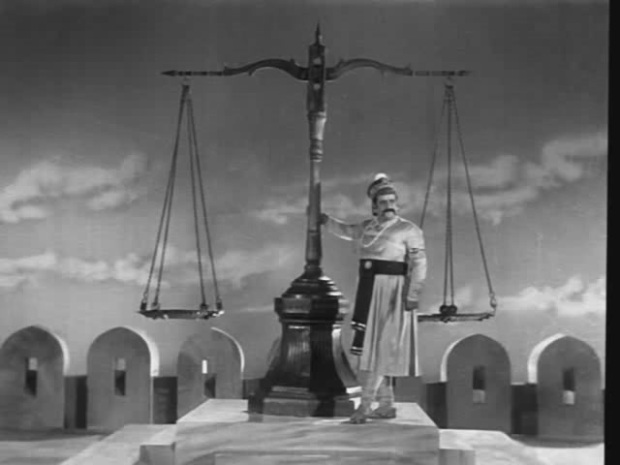
Following Ten Million Dinner Parties by NISHA RAMAYYA
hair folder (video) by ULIJONA ODIŠARIJA
In The Curve by JOSEPH WALSH
Lockdown performance by TOM RICHARDS
The blessing of the Pisces Rising by NAT LALL
There is a high chance that astrology is a load of bollocks but there are a few things I get out of it. Actually one or two things are very useful.
The first is a sense of belonging because for some reason astrology is a predominant part of lesbian culture. Don’t ask me why. I don’t really care why. Why not? I mean I was forced to study Christianity for a lot longer…lmao.
Anyway, I also find that regular horoscopes give me a sense of focus. That’s super useful for me. I find a lot of truth, or at least correlation, in my chart.
Notebook Score #2: The line of the hand throws the mind out of the body reading by HANNAH SATZ
This notebook practice represents a release of thought and feeling, in some sense counter to the control or fixity of Writing. It’s flighty – the motion of writing long-hand is another way of running – but the connection from hand to gut is also grounding; it earths me. I read fragments from the end of February to the end of April 2020, here and there; paragraphs, lines, or words from flicked through pages, self-censoring as I stumble and flow. It is meant, even in its inward-looking, to be a form of opening, an offering.
Peaceful in the rain in the order by DAN WALWIN
Interview with TEXTAQUEEN
… There are so many more south Asians I’ve connected with whose lives are on tangents to mine here in London than back ‘home’. I’ve felt part of a cluster of brown and black artists working with care and integrity here, and have made more intergenerational connections. My parents migrated, and I was born, not long after the White Australia policies ended, there aren’t elder second generation POC migrants and I have very few peers my age at my intersections. …
… A decolonial practice for me is, during the creative process, letting go of imagining the white liberal audience reaction to the work and keeping present in mind myself and an audience who will feel empowerment through the work.
rehana zaman
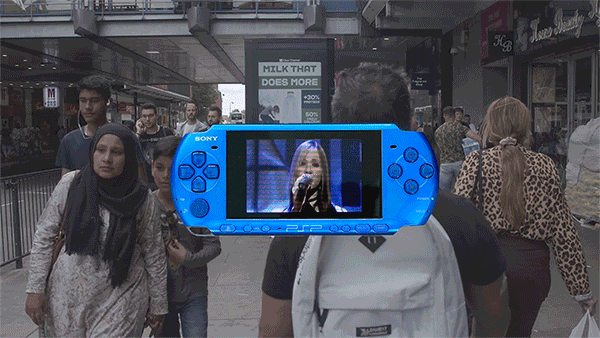
MEDICATED SUMMERS / BENEFITS TRAP / ENDS PORTALS two-part momentational sequence consisting of a short video and an image dump PDF file by ADAM FARAH
TAYLOR LE MELLE responds to MEDICATED SUMMERS / BENEFITS TRAP / ENDS PORTALS by Adam Farah
lucy clout
An Analog for Listening by NIKHIL VETTUKATTIL
nat lall
dan walwin
Creating safer spaces
The web is not a neutral space. From its beginnings as a US defence initiative to improve communication with soldiers in remote places, through to the privileged, racial capitalistic understanding of freedom and ‘making the world a better place’ the Californian ideologists who continue to structure and profit from it maintain. There has been an equally long history of artists and technologists critiquing this version of its development which Flatness builds upon.
Flatness is working on becoming a safer and accessible space free from racism, sexism, ableism, ageism, classism, casteism, homophobia, transphobia, fatphobia, or hatefulness. Let us know if there are ways we can do this better.
Subscribe to the Flatness newsletter for project updates.
Donations are always welcome for supporting the project.
Web design & programming by Gailė Pranckūnaitė & Andrius Zupkus.
All texts, works and images either belong to the artist, author or photographer named or are licensed under the terms of this CC 4.00 certificate.
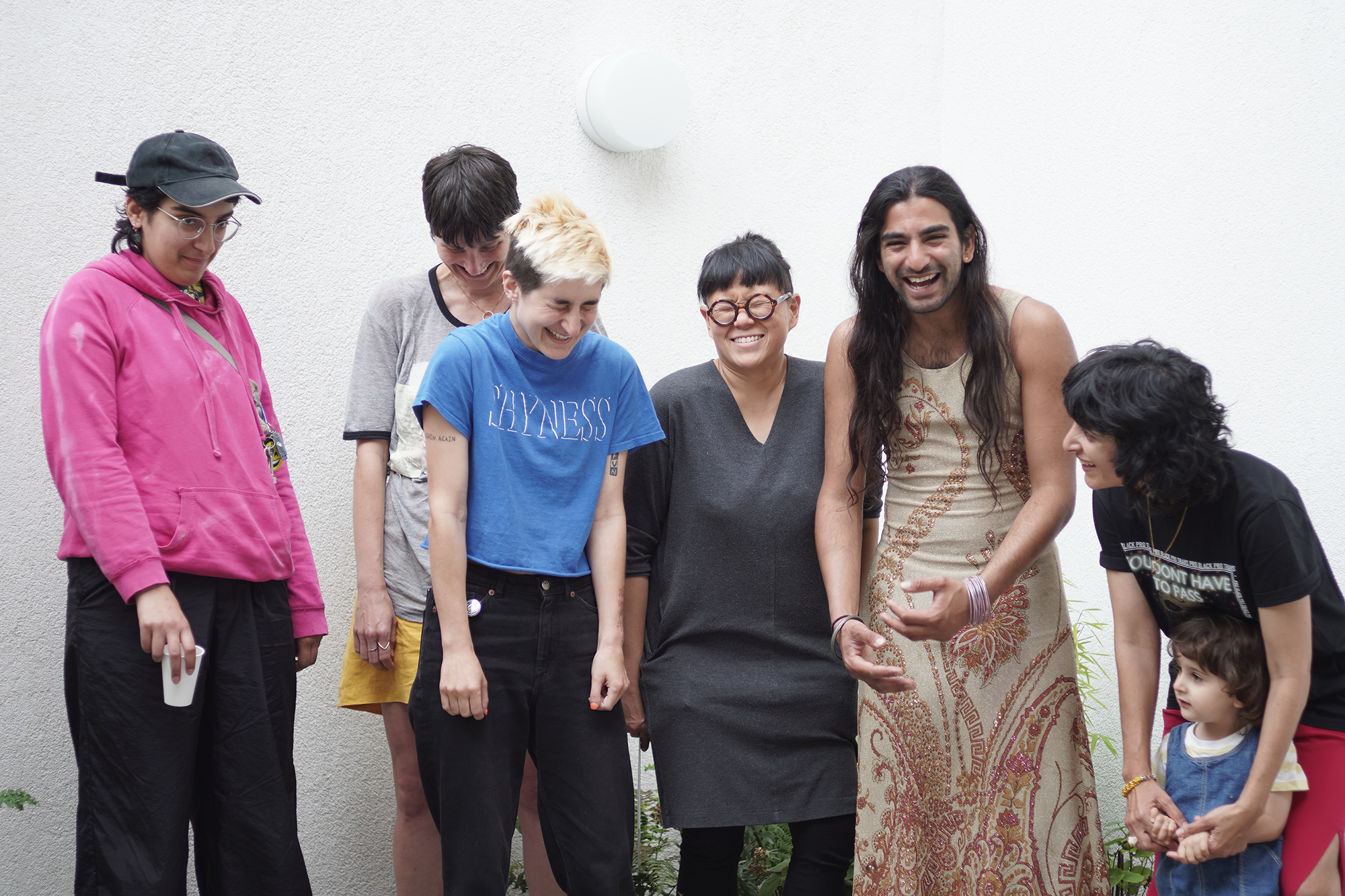

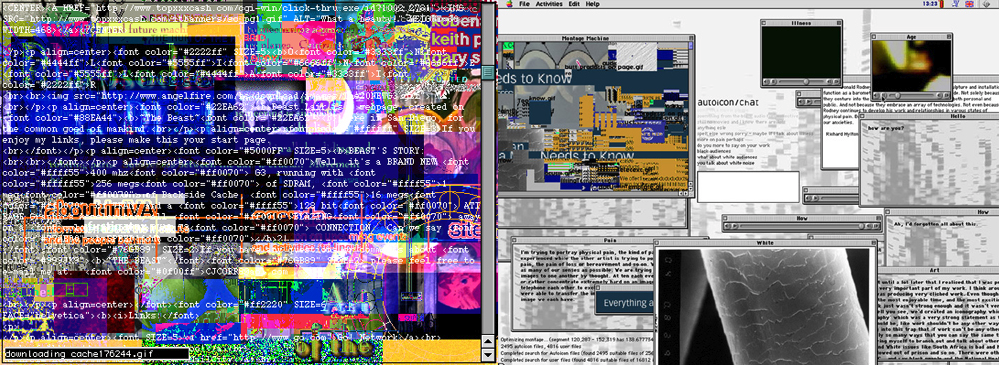


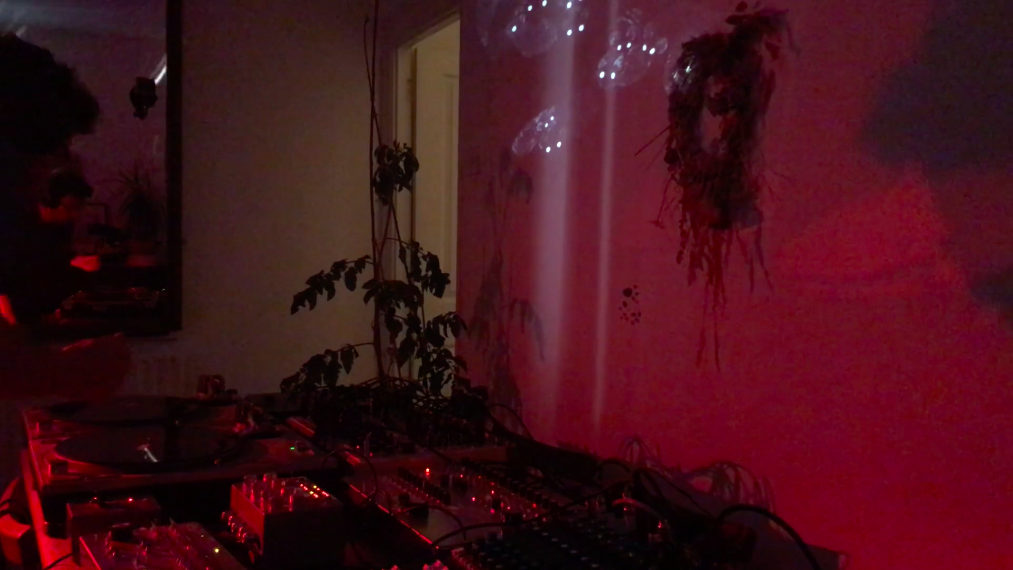
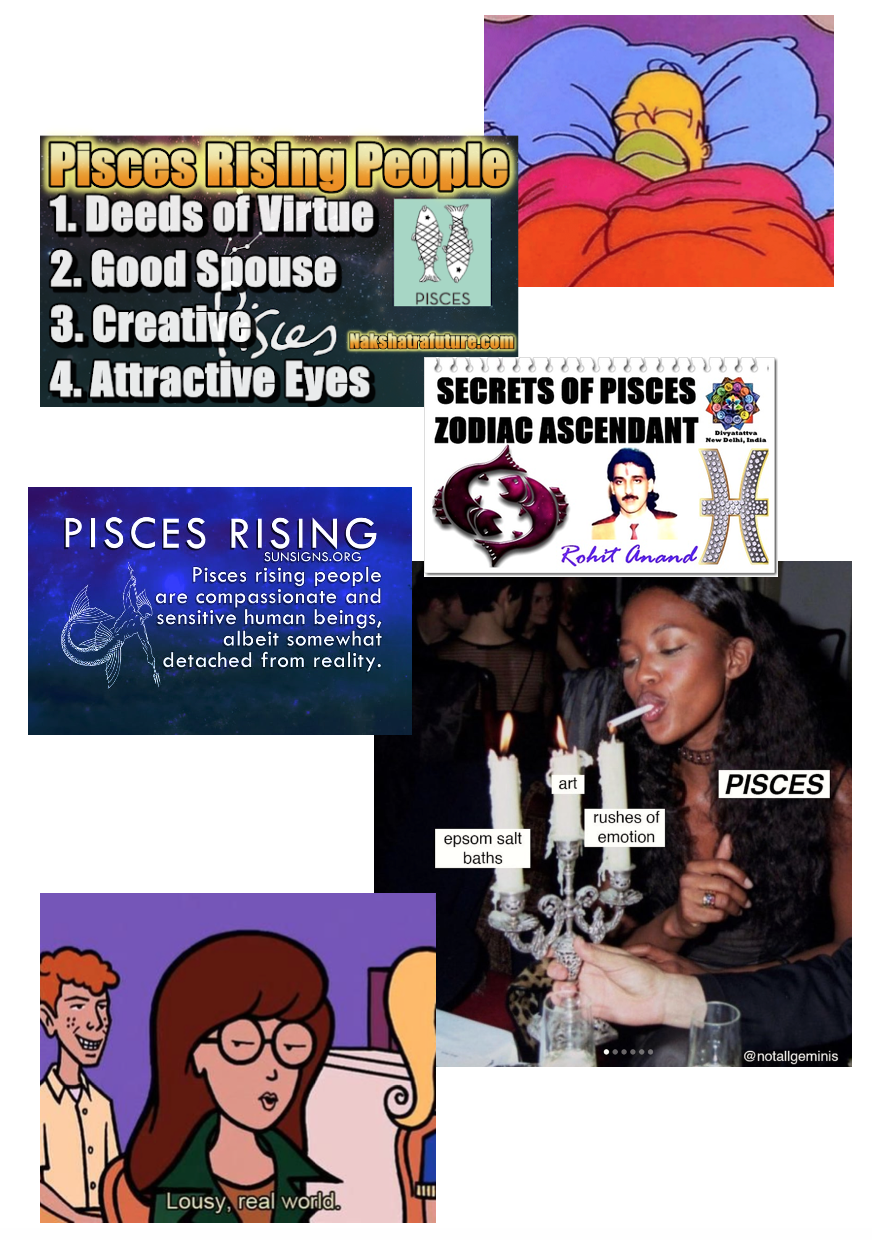
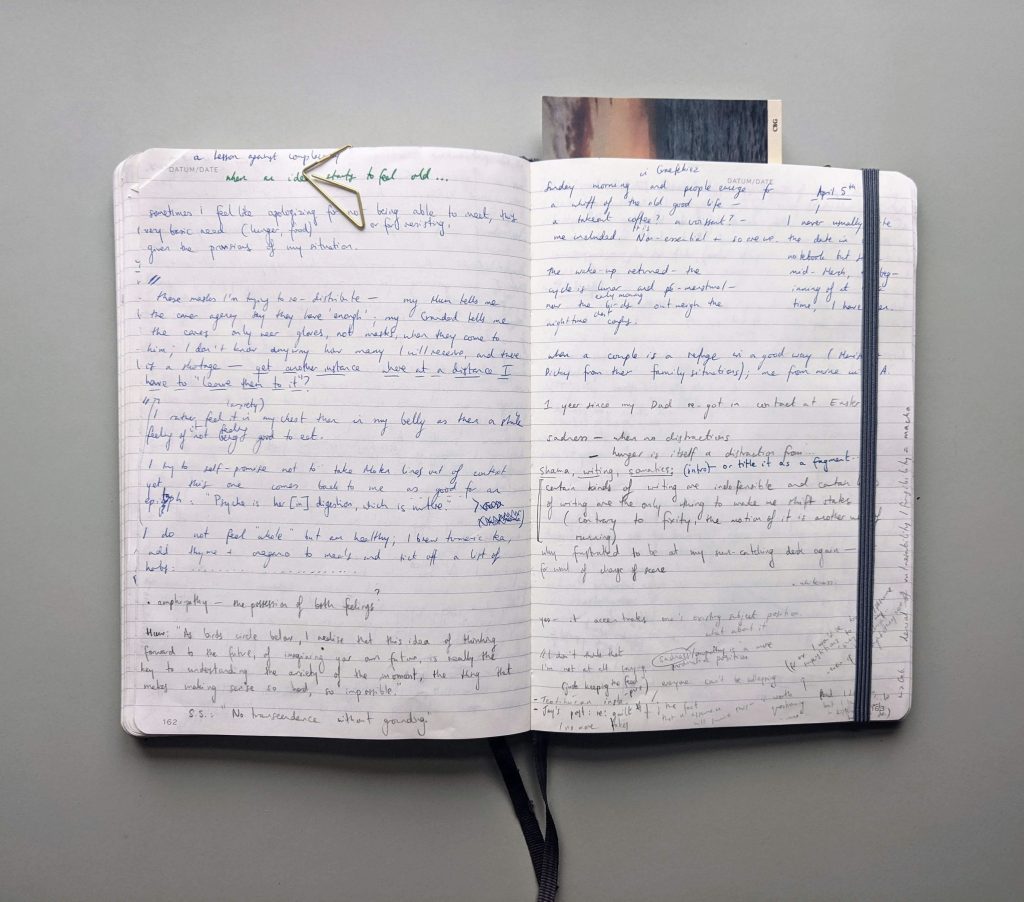
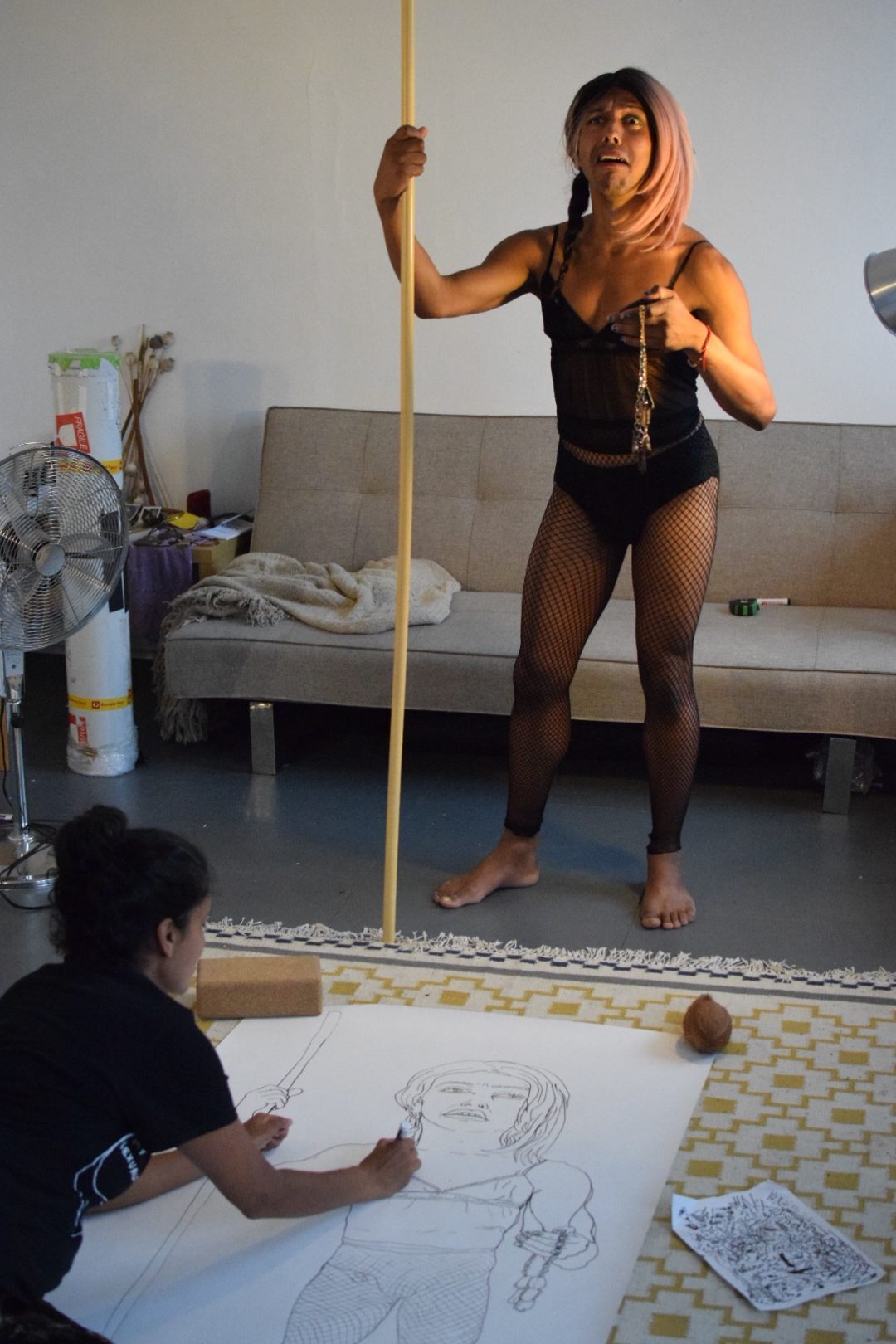
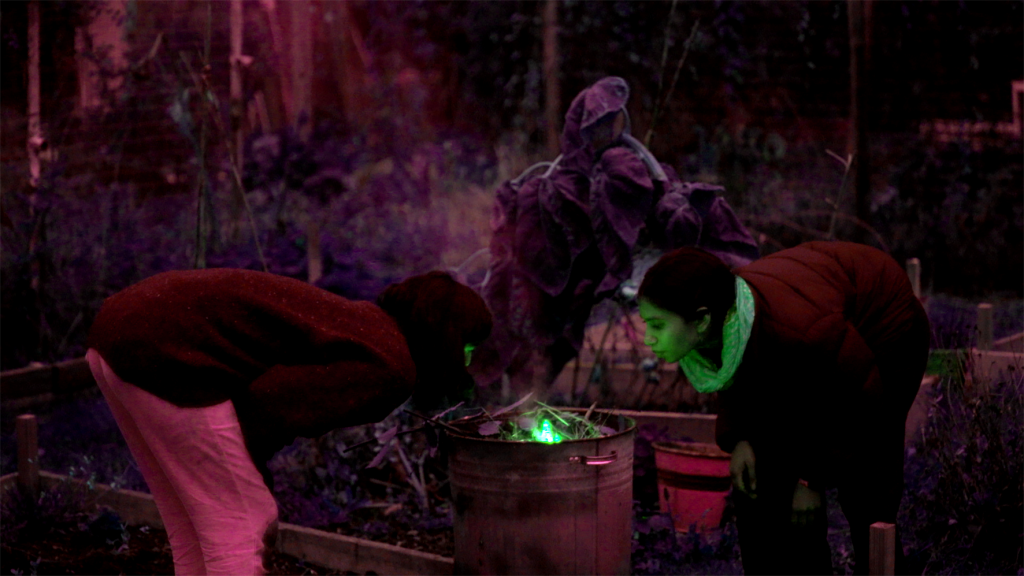
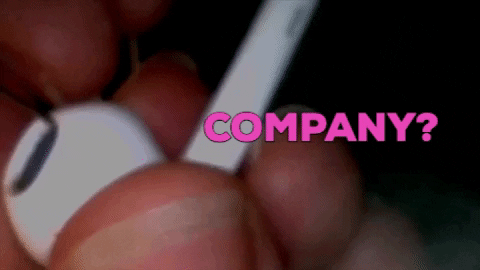
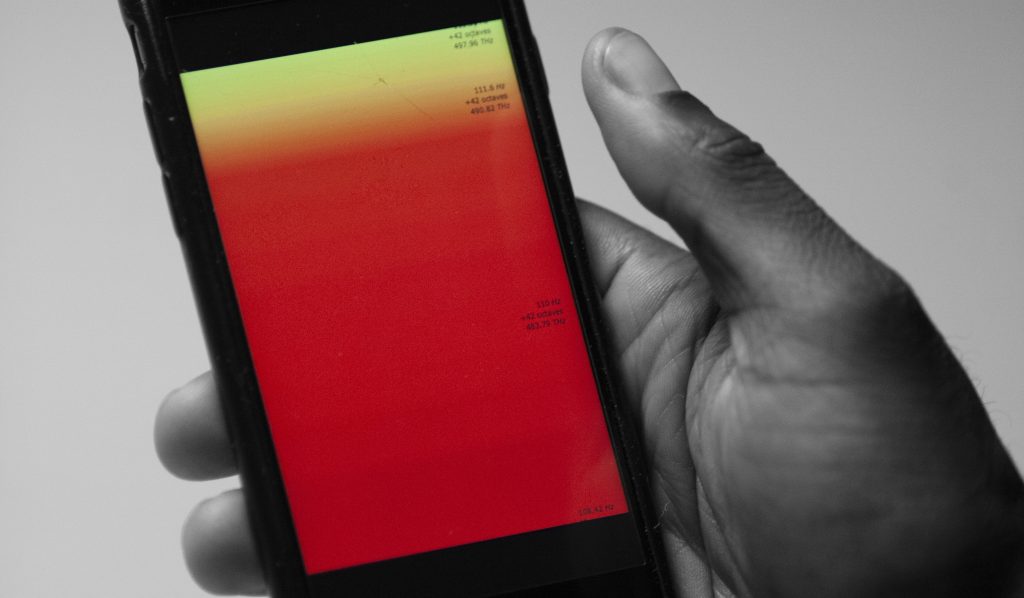
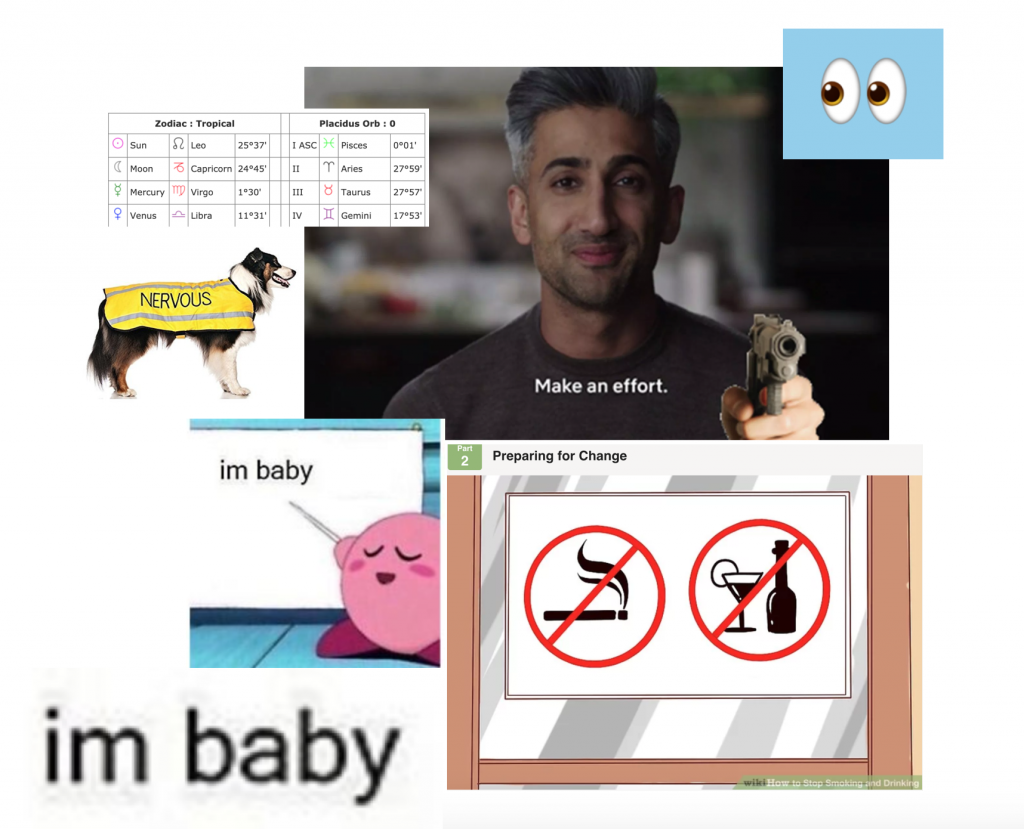

Comments
Using today’s global strike time to write to my irresponsible MP and write the latest Flatness newsletter. Take a look for a list of actions and signs our protests boycotts are creating change https://mailchi.mp/b64f35b1e75a/global-strike-for-palestine-today-111223?e=cd2a852b28
Fantastic news Zabludowicz has closed it’s gallery in London. Deauthoring and BDS works! https://bdsmovement.net/Unite-Stop-GazaGenocide-Dismantle-Israeli-Apartheid
I was glad to attend a vigil organised by Art Workers for Palestine at Tate Modern this weekend. The Tate have not spoken out against the atrocities despite releasing a statement in support of Ukraine. Why? https://www.instagram.com/p/C0KpMRiIhiIoQ6A9twrgw_VXdvfwODcIke8ANM0/?img_index=1
Video from Turner Prize nominee and Flatness contributor Ghislaine Leung about her practice making scores https://www.youtube.com/watch?v=r_Ej9J5bZuQ
Congrats to Rehana Zaman for winning this year’s Jarman Award!! Rehana is a long time Flatness collaborator and colleague at not/nowhere. You will soon be able to download Tongues which Rehana edited and I have some writing in amongst some 100% greats! https://daap.network/artwork?id=Q5390
Sui Searle, the don behind @decolonise-the-garden has shared some excellent resources in the latest Radicle newsletter published after the release of our Gardeners for Palestine solidarity statement this weekend. Check it out and subscribe here: https://radicle.substack.com/p/gardeners-for-palestine
A beautiful coming together of BIPOC run organisations across London – not/nowhere, Cubitt, Mosaic Rooms and Sanford Housing Coop. Check out their IGs for info about tonight’s screening and holding space for grief and rage over the current genocidal violence in Gaza. Free Palestine, stop arming Israel.
Very grateful to Land In Our Names for organising a trip to the excellent Folx Farm in E Sussex this weekend. https://landinournames.community/
You may have noticed Flatness is taking a wee break while I start my PhD – gearing up for the next 7 years of study and growth! More on this coming soon. In the meantime buy your copy of Jack and Ruzha’s Bee Zine and help stand up for renters and solitary bees alike https://www.flatness.eu/contributors/jack-jeans/
Hello Jade! The Diggers are great forebears, thanks for citing them. Somewhat related, it was good news to hear wild camping on Dartmoor (and now hopefully further afield) is still possible after the recent appeal against some greedy rich couple https://www.independent.co.uk/news/uk/home-news/dartmoor-camping-ban-court-of-appeal-b2377223.html
I am enjoying interacting with this cool site! Last week I found out about the Diggers, a political group in the 17th century who believed land should be free to all. They and many working class people before them tore down the hedges landlords placed during the 16th century to privatise land and start capitalism. (can y’all see this?)
Jack Jeans’ new ‘Bee Zine: Solitary:Solidarity’ is now available to download from Flatness! https://www.flatness.eu/wp-content/uploads/2023/06/Solitary-solidarity-final-lo-.pdf
It was a treat to visit Brum yesterday to hear about Grand Union’s Growing Projects around the city for people experiencing homelessness. Here’s a pic of a bothy in one of their community gardens along the Grand Union canal https://grand-union.org.uk/projects/the-growing-project/ Great too to meet borbála soós at East Side Projects.
Love and thanks to the band Steve & Samantha and everyone who came down for the EP launch of ‘Better is Better’ last month.
And to Tom Richards and Caroline Heron for your help making it happen.
Don’t snooze on picking up a limited edition tape from https://steveandsamantha.bandcamp.com/album/better-is-better
Restored ourselves with meet ups with misery party, Chiron Choir and F* Choir instilling love and hope beneath the drone of the red arrows.